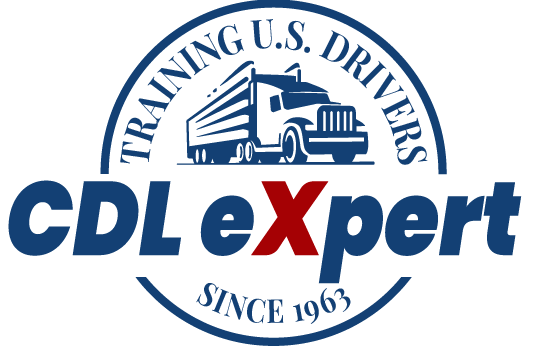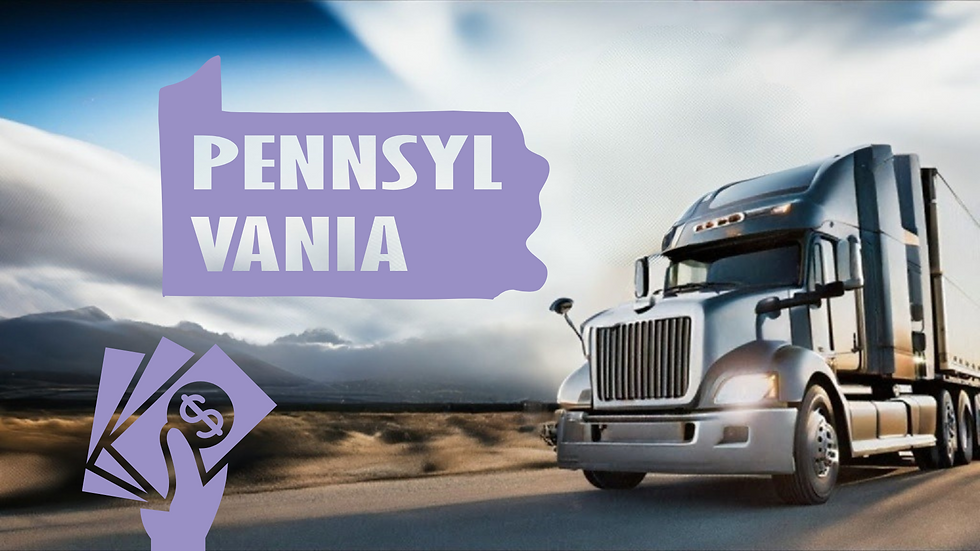What is Entry Level Driver Training? Is It Essential for Your CDL?
- mansoorwarda882
- Jan 13, 2024
- 3 min read
Updated: Oct 18, 2024

Obtaining a commercial driver's license (CDL) is a significant step towards a career in the trucking industry. Aspiring truck drivers must undergo proper training to ensure they possess the necessary skills and knowledge to operate commercial vehicles safely and efficiently. One essential aspect of this training is Entry Level Driver Training (ELDT) certification. In this blog post, we will explore what ELDT is, who needs to get certified, when to obtain certification, whether it is required for a class B CDL, the types of ELDT certification available, and where to obtain it.
1. What is Entry Level Driver Training?
Entry Level Driver Training (ELDT) refers to the formal instruction and hands-on training provided to individuals seeking a commercial driver's license. It aims to equip aspiring drivers with the essential skills and knowledge required to operate commercial vehicles safely, thereby reducing accidents and improving overall road safety. ELDT covers various aspects of driving, including vehicle operation, vehicle inspection, basic control skills, and safe driving practices.
2. Who needs to get ELDT certified?
Anyone aspiring to obtain a commercial driver's license must acquire ELDT certification. Whether you aim to become a professional truck driver, bus driver, or any other occupation that requires a CDL, ELDT certification is a mandatory requirement. It ensures that drivers are adequately trained and prepared for the challenges they may face on the road.
3. When do you need to get your ELDT certification?
Technically, you only need to obtain your ELDT certification before you can obtain your CDL. However, it is highly recommended to pursue ELDT certification before attending behind-the-wheel training. By completing ELDT certification first, you will have a solid foundation of knowledge and skills before engaging in practical training, making the learning process more effective and efficient.
4. Do I need to get ELDT certification for a class B CDL?
Yes, ELDT certification is required for both class A and class B CDLs. The distinction between class A and class B CDLs lies in the type of vehicles you are qualified to operate. Class A CDL allows you to drive vehicles with a gross combination weight rating (GCWR) of 26,001 pounds or more, including towing a trailer weighing over 10,000 pounds. Class B CDL, on the other hand, permits you to drive vehicles with a GVWR of 26,001 pounds or more, but towing a trailer that weighs less than 10,000 pounds. Regardless of the class of CDL you pursue, ELDT certification is a prerequisite.
5. What types of ELDT certification are there?
ELDT certification encompasses different types of training depending on the type of CDL you are seeking and the specific endorsements you may require. Some common types of ELDT certification include:
Class A CDL Training: This training is for drivers aspiring to operate combination vehicles such as tractor-trailers, tankers, and flatbeds.
Class B CDL Training: Geared towards drivers who plan to operate single vehicles, including buses, delivery trucks, and dump trucks.
Endorsement Training: In addition to the standard CDL training, you may also need endorsements for specialized vehicles, such as hazardous materials (HazMat), passenger transport, or air brake systems.
6. Where can I get ELDT certification?
To obtain ELDT certification, you can take the course from an accredited FMCSA provider. Including online programs that offer the full certification from the comfort of your home.




Comments